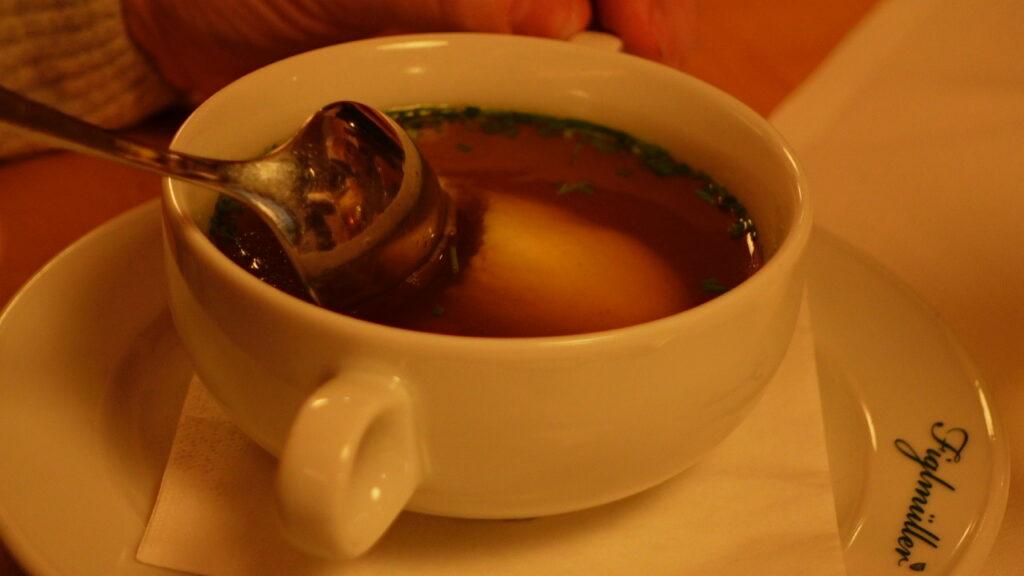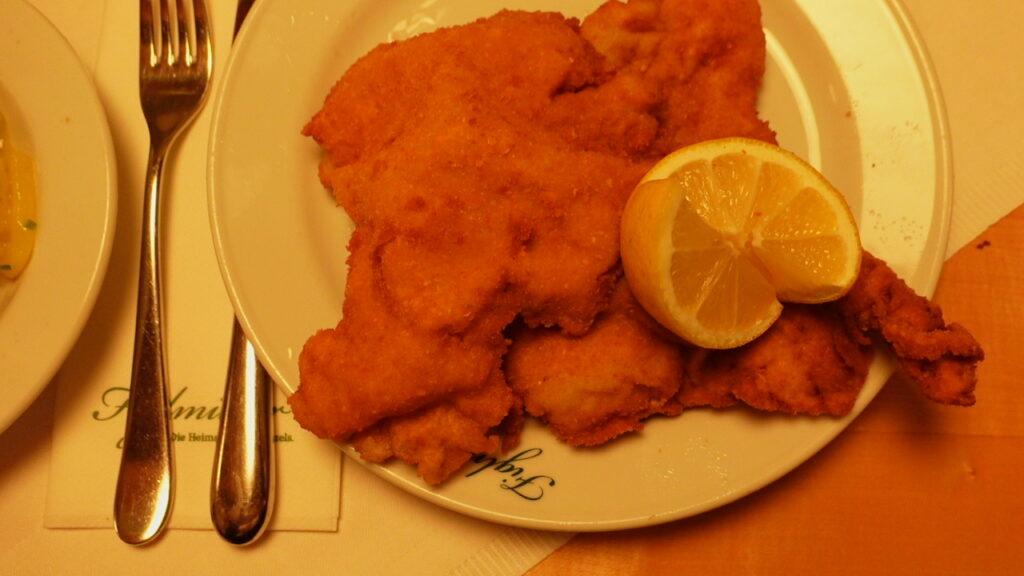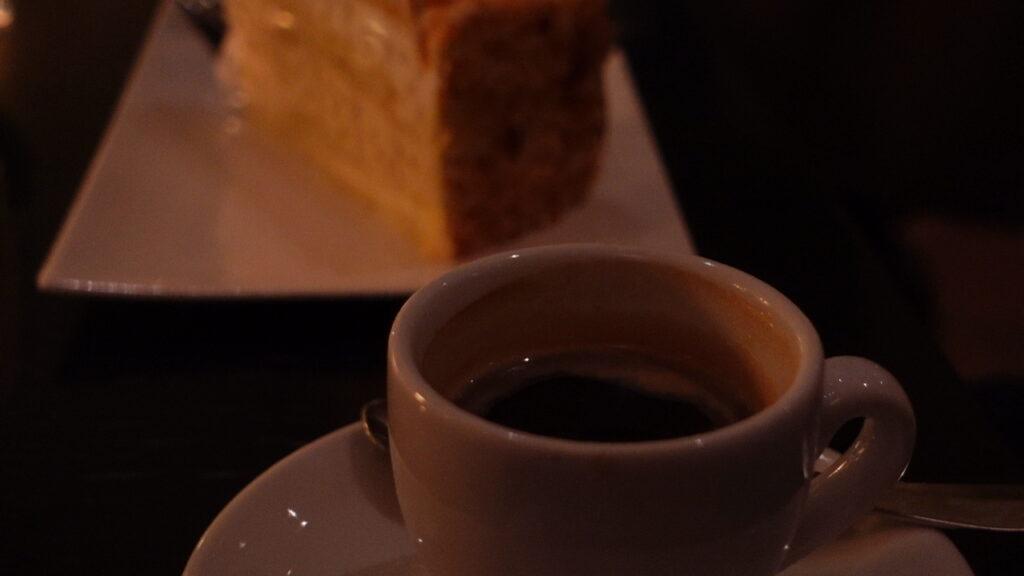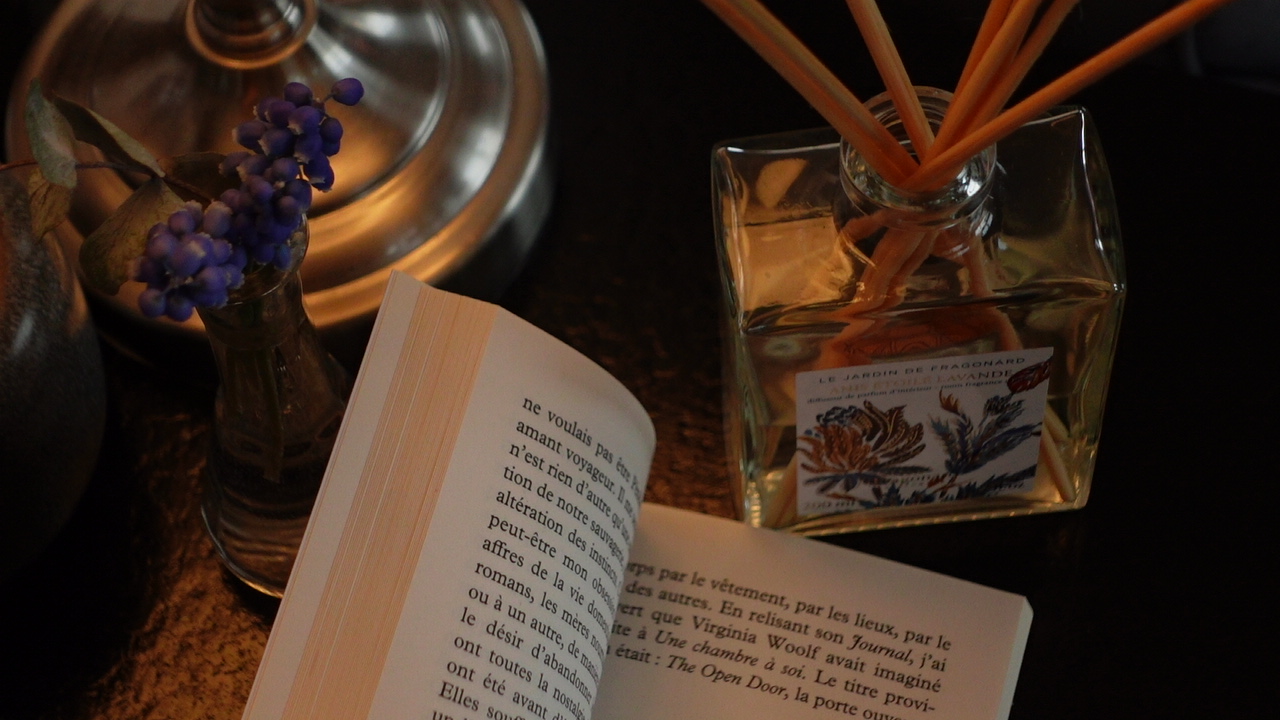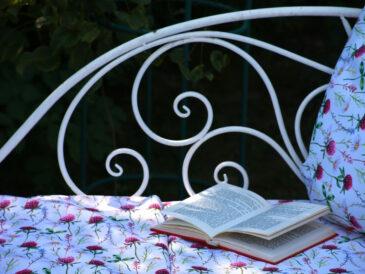Welcome to Vienna ! For the 14th day of our Austrian Advent Calendar, I’m taking you on a lunch date out on the town, for a traditional Viennese menu.
Austrian cuisine reflects the crossroads where the country has found itself, both historically and geographically. An essence of Central European gastronomy, with hearty, warming dishes that aspire to a certain finesse, under their rustic appearance.
This video, like all my others, is in no way sponsored, so my bragging for finding the perfect restaurant is one hundred percent genuine ! I made reservations two months in advance for a table at Figlmüller’s newest location, freshly renovated, just behind their historic restaurant founded in 1905. We are just a few steps away from Saint Stephen’s cathedral, right in the heart of the city.
The classic Viennese starter is a clear beef broth with semolina dumplings. The Austrian clear broth, usually made out of beef, is a descendant of the 16th century olio soup, a refined version of a popular Spanish broth. In the 19th century, this liquid gold was served in small porcelain cups to the dancers at the court balls, in order to regain their strength after the strenuous cotillion. As for the semolina dumplings, there a records mentioning this type of add-in dating back to 1740. The Habsburgs loved all types of soup, with beef being their most festive version, so consider this the perfect Imperial choice.
For a classic main course, you cannot go wrong with a Wiener Schnitzel. And it so happens that Figlmüller is known as the home of the Viennese schnitzel. Traditionally made out of thin, breaded, pan-fried veal cutlets, this is the perfect Austrian comfort food. The legends surrounding the origin of the schnitzel are endless : some say that Field Marshal Radetzky brought back the recipe from the Italian front, others say the Italian recipe was in fact French, or even that a byzantine princess brought it to the Viennese court. No matter the origin, the schnitzel became popular in the 19th century, and was even served at the state luncheon in honour of Napoléon III. The classic garnish is a potato salad, with a red onion, mustard and pumpkin seed oil vinaigrette. Finger licking good.
As for the desert, Vienna has a very strong tradition of pastries, with some historical confectioners who provided for the court and are still open today. However, the line for getting in at Demel’s for instance, the famous pastry shop established in 1786, is a few hours long. So my tip for having a taste of the real deal without any stress is this : go at the Albertina Museum café, they have Demel cakes and great coffee, without the line and you can even make a reservation ahead. This was a passion fruit dream, light, airy, balanced, worth all the hype of the Demel brand. Plus you can check out the incredible Museum when you’re done.
Until tomorrow, Guten Appetit !

